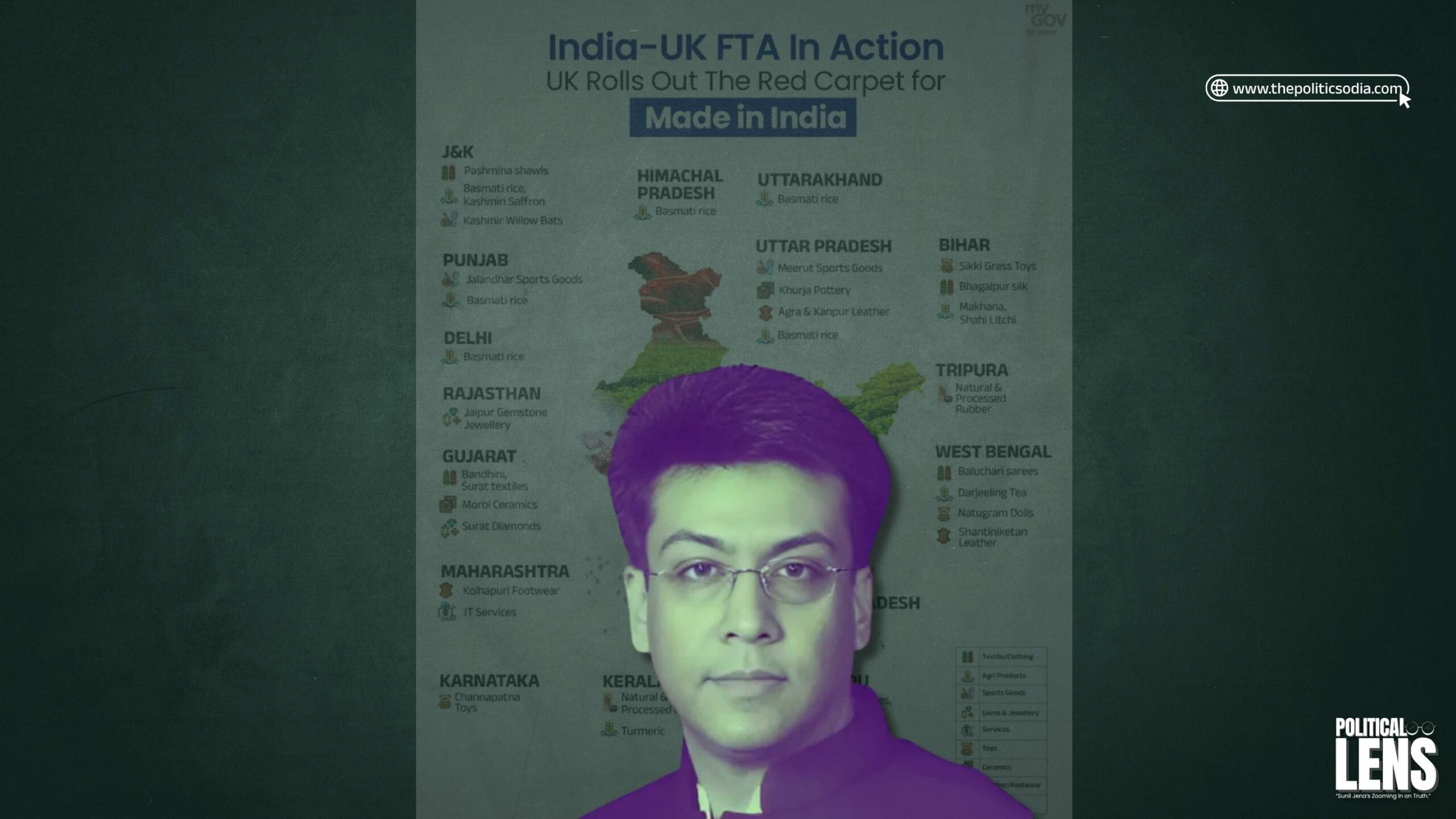By Sunil Jena, Editor-in-Chief, The Politics
“Bandhs don’t just shut down roads — they open up uncomfortable truths.”
On July 17, Odisha came to a standstill. Not because of a cyclone, not due to administrative directives, but because the people — led by the Odisha Congress — said enough is enough. The tragic death of FM College student Soumyashree Bisi has not only triggered an emotional upheaval across the state but has also become a fulcrum for deep political and social churn.
The Congress’s 12-hour Odisha Bandh was more than a symbolic protest; it was a litmus test of public sentiment and passed resoundingly. Markets shuttered, schools and colleges suspended, traffic vanished, and most importantly, the silence of the government became louder than ever.
A Party Regains Ground
This bandh has given the Congress, often dismissed as a waning force in Odisha, a fresh lease of political relevance. It forced both the ruling BJD and the BJP-led central leadership to recalibrate their narratives. Where the BJD seemed reactionary, issuing protest calls only after the Congress, the latter appeared more decisive and grounded in public anguish.
Mohan Majhi Government on the Defensive
The newly formed BJP government, led by CM Mohan Majhi, has struggled to handle the outrage. It’s not just about law and order — it’s about the optics of empathy and administrative urgency. The absence of swift action during Soumyashree’s critical days has now snowballed into widespread dissent, making it a credibility crisis for the government.
BJD’s Dilemma: Opposition or Enabler?
The BJD’s protest looked too little, too late. Despite deploying leaders like Pranab Prakash Das, Sulata Deo, and Dani Ghadai to the streets, the narrative that they were staging a political play has taken root, especially after visuals of dramatic water cannon scenes and injury claims sparked mockery on social media. A protest can only mobilise if it’s seen as authentic.
BJP’s Double Trouble
Even the BJP is not off the hook. Aparajita Sarangi, one of the party’s more vocal faces, launched a scathing attack not just on Congress and BJD, but indirectly spotlighted the administrative mishandling under the BJP’s watch. It’s a rare moment of public dissonance within the ruling camp, and it may grow louder if concrete justice remains elusive.
Beyond the Bandh: What Comes Next?
The bigger question is not about who won the political mileage on July 17. It is: Will Soumyashree get justice? Will Odisha see structural reforms in college safety, gender protection, and accountability in law enforcement?
This bandh has cracked open a deeper wound — one where political theatre often trumps administrative delivery. But as we saw in the streets of Odisha, public patience is not infinite. A bandh may end in 12 hours, but the demand for justice is 24×7.



